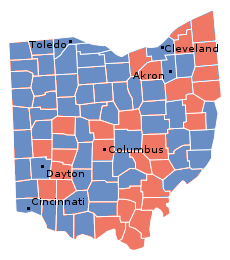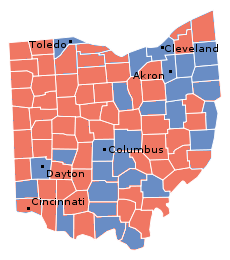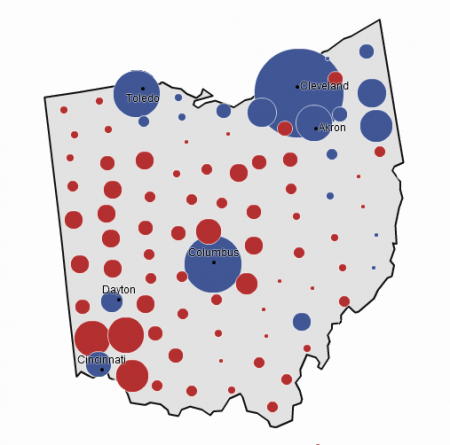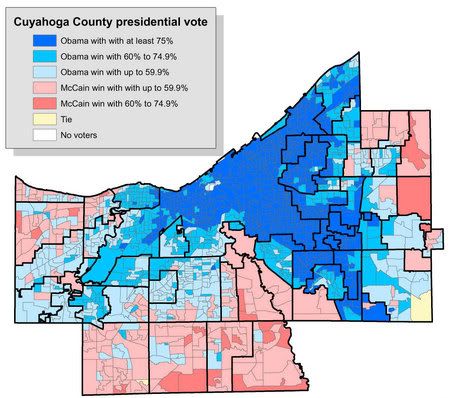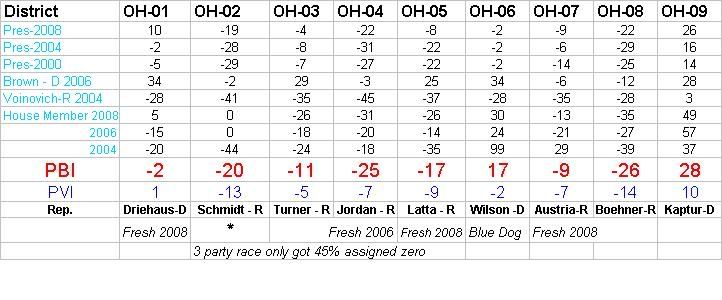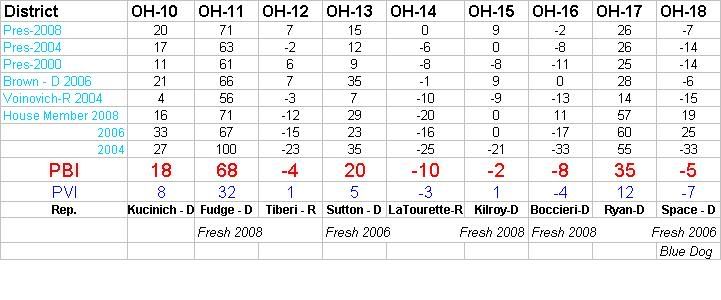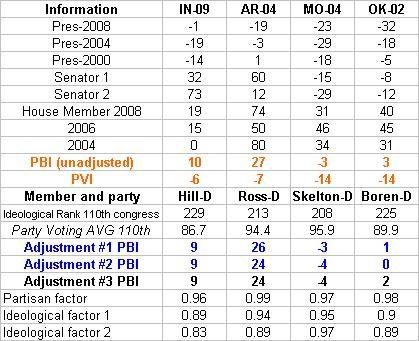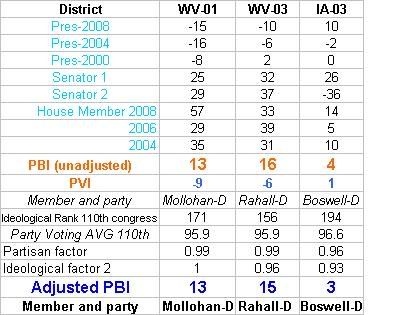The runoffs for New York City Comptroller and Public Advocate take place tomorrow. Up for election are John Liu and David Yassky for Comptroller and Bill de Blasio and Mark Green for Public Advocate. Who are you voting for and why?
I plan to vote for John Liu, despite some misgivings based on Yassky’s campaign, which has accused Liu of lying about various things:
Yassky, who came in second with 30% of the vote in [the] four-way primary, cited Liu’s disputed claim that he caught the MTA using two sets of books.
He also knocked Liu for saying he returned questionable campaign donations and toiled in a sweatshop as a child – which was contradicted by his own parents and others.
(Source: “Controller hopefuls John Liu, David Yassky sling mud in debate”)
My main problem with Yassky relates to his campaign’s behavior toward me. I have detailed two attempts to persuade me to vote for him, in the guise of supposed opinion polls. I haven’t yet mentioned the constant barrage of emails (I mean just about every day and sometimes multiple emails a day) that I’ve gotten – unsolicited – from Mr. Yassky’s campaign, with titles such as “[x] Days to Victory.” I’m truly unsure of how his campaign got my email address but would strongly suggest to any politician or campaign worker who’s reading that politicians not send emails to non-constituents who never contacted them. (Sending an email through an organization they belong to is fine, though, so that if, say, MoveOn.org wants to support a candidate and that candidate sends an email explicitly through MoveOn to MoveOn’s members, they can take it or leave it but have little reason to be perturbed with the candidate.) Because of these personal experiences, I find it very difficult to get past the feeling that Yassky is overly power-hungry and given to sleazy and overly intrusive campaign practices, but I can understand why someone might consider such a highly-endorsed man a superior candidate.
Breaking away now from personal comments, here are some from Mr. Liu:
Liu then hurled some mud himself, bashing his opponent as “three-headed Yassky” for changing positions on key issues like term limits.
“People who live in glass houses shouldn’t throw stones,” Liu said.
Yassky originally opposed Mayor Bloomberg’s bid to have the Council let him seek a third term, but then cast a crucial vote in favor of it.
For the record, I am opposed to all term limits as undemocratic, though the process by which the City Council annulled the results of two referenda is objectionable and certainly a legitimate issue. But if it’s OK for Yassky to go back on his word in regard to term limits, is it really important whether the labor Mr. Liu did as a child was in a sweatshop or not? I’m not sure which of these things might be really important in predicting either candidate’s performance and honesty as Comptroller.
As for Public Advocate, I believe my choice is simpler, in that Mark Green has already served in the role and I felt that he did a good job in it. I have nothing in particular against Bill de Blasio except that I’m not so sure a member of the City Council is generally best to serve in that job. Rather, it seems to me that whoever is good at using a bully pulpit for the benefit of the people – and not for the benefit of the Mayor or City Council, who can already advocate for themselves – is really the best candidate for Public Advocate. I don’t mean to suggest that a member of the City Council couldn’t be the best candidate for the job or do well in it, but neither do I see an important reason not to vote for Mr. Green, and Mr. de Blasio’s City Council membership seems to me a weak additional argument against him, in a situation in which I think I’ll probably approve of either man’s performance if elected.
That said, I understand the argument that Green may be seeking the job of Public Advocate in order to try to win the Mayoralty through the back door, and my feeling is that the solution for this is to make the City Council President next in line for Mayor. It’s a much more similar job, although not subject to city-wide election. I’m not even sure that Public Advocate is an important enough position not to abolish, but given its very circumscribed powers, it certainly is poor preparation for Mayor.

